
There are many reasons why you might want to paint your property. Perhaps you’re looking to give it a fresh new look, or maybe you’re trying to increase its value before selling. Whatever the reason, painting your home can be a big undertaking.
Experts at Sidepost advise if you are planning on painting your home, it may be a good idea to hire a professional painter to ensure the job is done properly. A professional Interior and exterior painter will have the necessary experience and equipment to get the job done quickly and efficiently.
However, if you do decide to go the DIY route you may end up making some costly mistakes. This guide will hopefully help you avoid these common mistakes so that you’ll end up with a paint job you can be proud of.
If you’re thinking about painting your own home, here are some things to avoid:
1. Not preparing the surface properly
One of the most common mistakes people make when painting their house is not preparing the surface properly. This can include not cleaning the surface before painting or not using the proper type of primer. If you don’t prepare the surface correctly, the paint will not adhere properly and will start to chip and peel over time.
2. Using the wrong type of paint
Not all paints are created equal. Make sure you use a paint that is suitable for the surface you’re painting. For example, if you’re painting a metal surface, use an enamel paint designed for that purpose.
3. Painting in direct sunlight
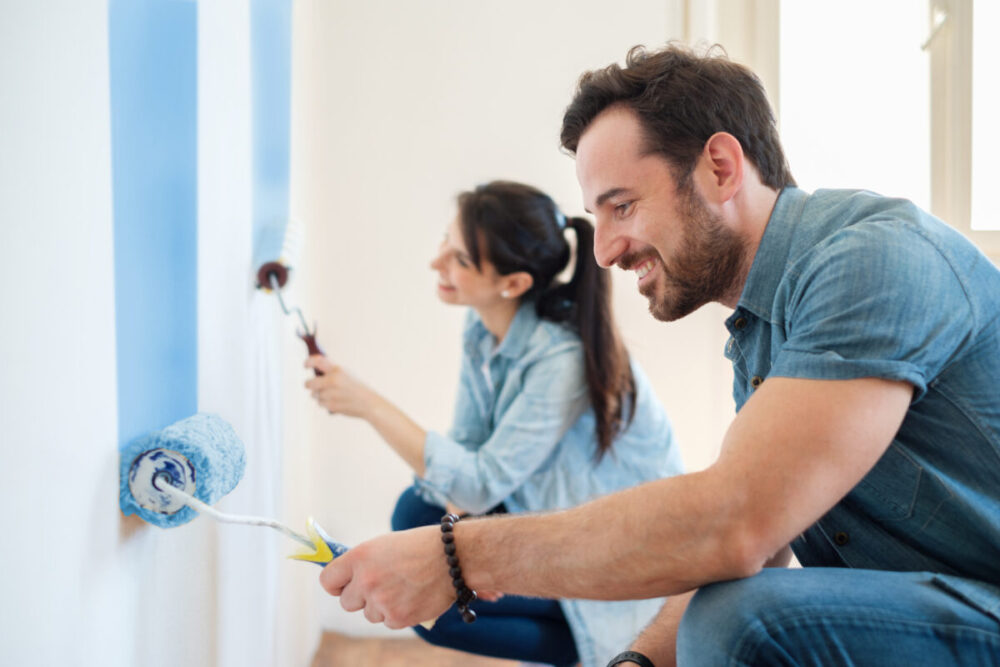
Direct sunlight can cause the paint to dry too quickly, which can result in an uneven finish. It’s best to paint in shaded areas or when the sun is not directly shining on the surface.
4. Not using primer
Primer is designed to help the paint bond to the surface. Without it, the paint is more likely to peel or chip off over time.
5. Applying too much or too little paint
If you apply too much paint, it will take longer to dry and can result in an uneven finish. If you apply too little paint, you’ll be able to see the original color of the surface through the paint. It’s important to find a happy medium.
6. Using old paint
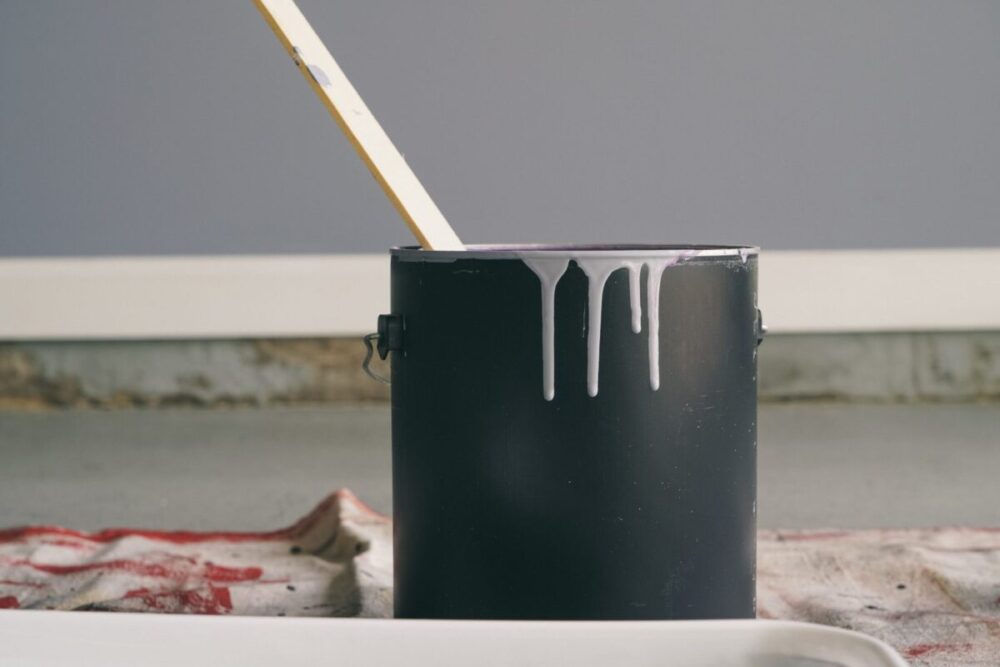
Paint doesn’t last forever. If you’re using paint that is more than a few years old, it may not adhere to the surface as well and can result in an inferior finish.
7. Not letting the paint dry completely
Before you add a second coat of paint or start using the room, you need to let the first coat of paint dry completely. Otherwise, the new paint will not adhere properly and can cause the old paint to peel or chip off.
8. Painting over mold or mildew
If there is mold or mildew on the surface, it needs to be cleaned off before you start painting. Otherwise, the mold or mildew will continue to grow and can cause health problems.
9. Not using drop cloths
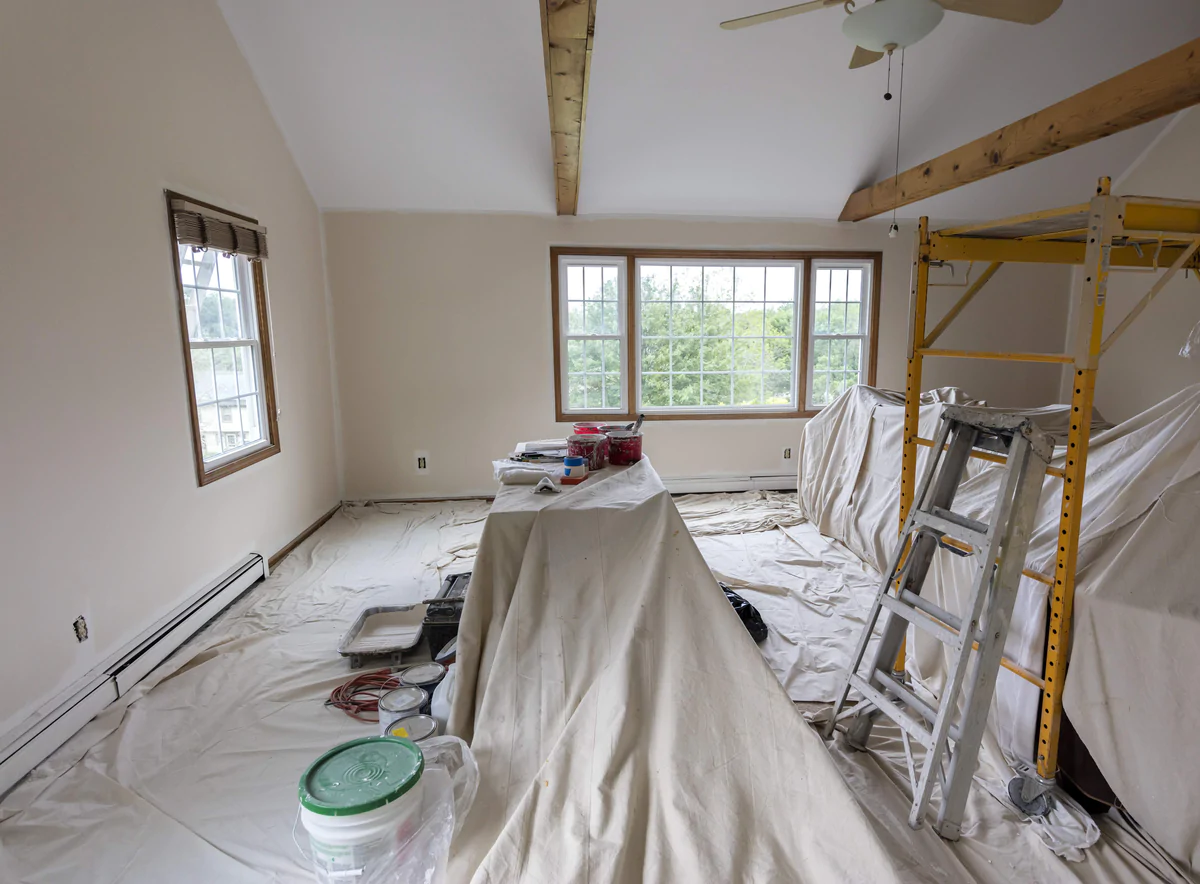
Drop cloths are designed to protect surfaces from paint drips and spills. If you don’t use them, you’ll likely end up with paint on your floor or furniture.
10. Not cleaning up after painting
Once you’re finished painting, make sure to clean up your supplies and dispose of any unused paint properly. Failure to do so can result in a messy home and wasted paint.
Frequently Asked Questions
If you’re considering painting your house, there are a few things you should know first. Here are some frequently asked questions about house painting to help you get started.
What are the different types of paint?
There are two main types of paint: oil-based and water-based. Oil-based paint is more durable and resistant to stains, but it’s also more difficult to work with. Water-based paint is easier to apply and clean up, but it doesn’t last as long as oil-based paint.
How do I choose the right type of paint for my project?
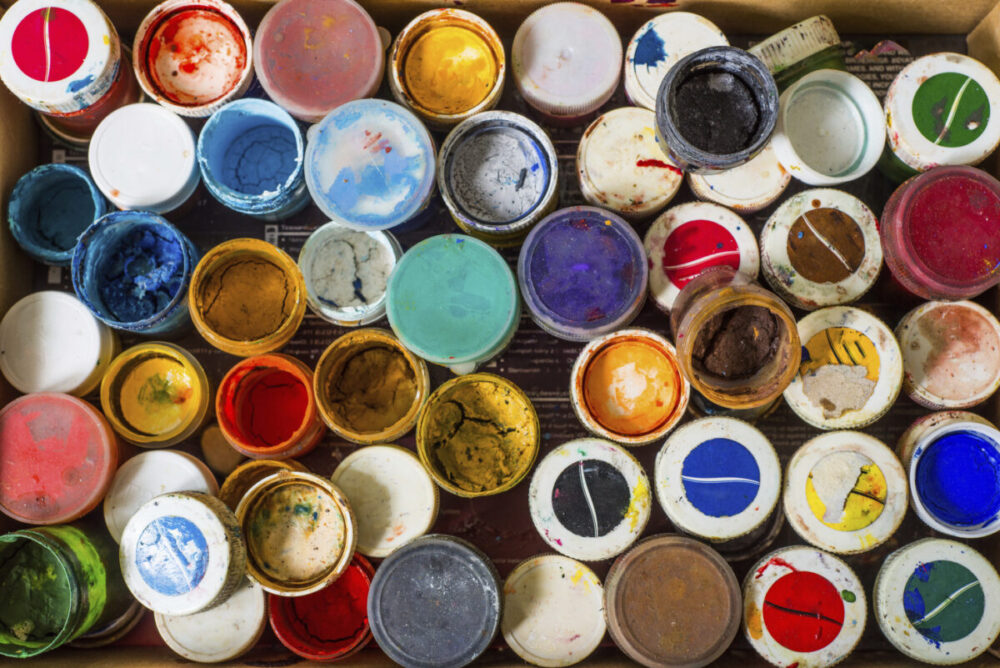
The type of paint you choose will depend on the surface you’re painting and the desired finish. For example, if you’re painting a metal surface, you’ll want to use an oil-based paint. If you’re painting a wall in your home, you can use either type of paint.
What are the different types of paint finishes?
Paint finishes can be either glossy or matte. Glossy paint has a shiny finish and is easier to clean, but it shows imperfections more easily. Matte paint has a dull finish and is more forgiving of imperfections, but it’s more difficult to clean.
How do I prepare the surface before painting?
The first step in any painting project is to properly prepare the surface. This means cleaning the surface of dirt, grease, and other debris. Once the surface is clean, you’ll need to apply a primer before painting.
What is the best way to apply paint?
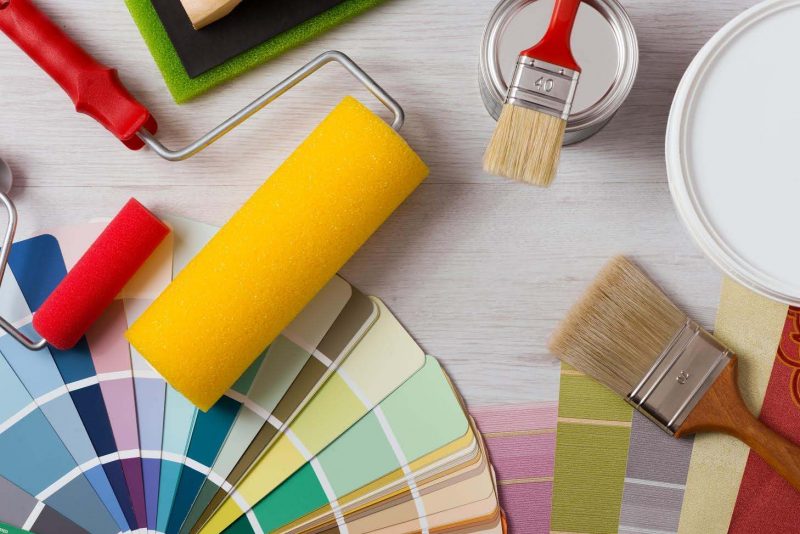
The best way to apply paint depends on the type of paint you’re using. Oil-based paints should be applied with a brush or roller, while water-based paints can be sprayed or rolled.
How long does it take to paint a house?
This will vary depending on the size of the house and the condition of the current paint. A professional painter can usually complete a three-bedroom house in two to five days.
Do I need to do anything to prepare my house before painting?
Yes, you will need to do some basic preparation before painting. This includes cleaning the surfaces to be painted and removing any loose paint or wallpaper. You may also need to repair any cracks or holes in the walls.
Can I paint my own house?
Yes, you can paint your own house, but it is not recommended. Painting a house is a big job and there is a lot that can go wrong. If you are not experienced in painting, it is best to leave it to the professionals.








